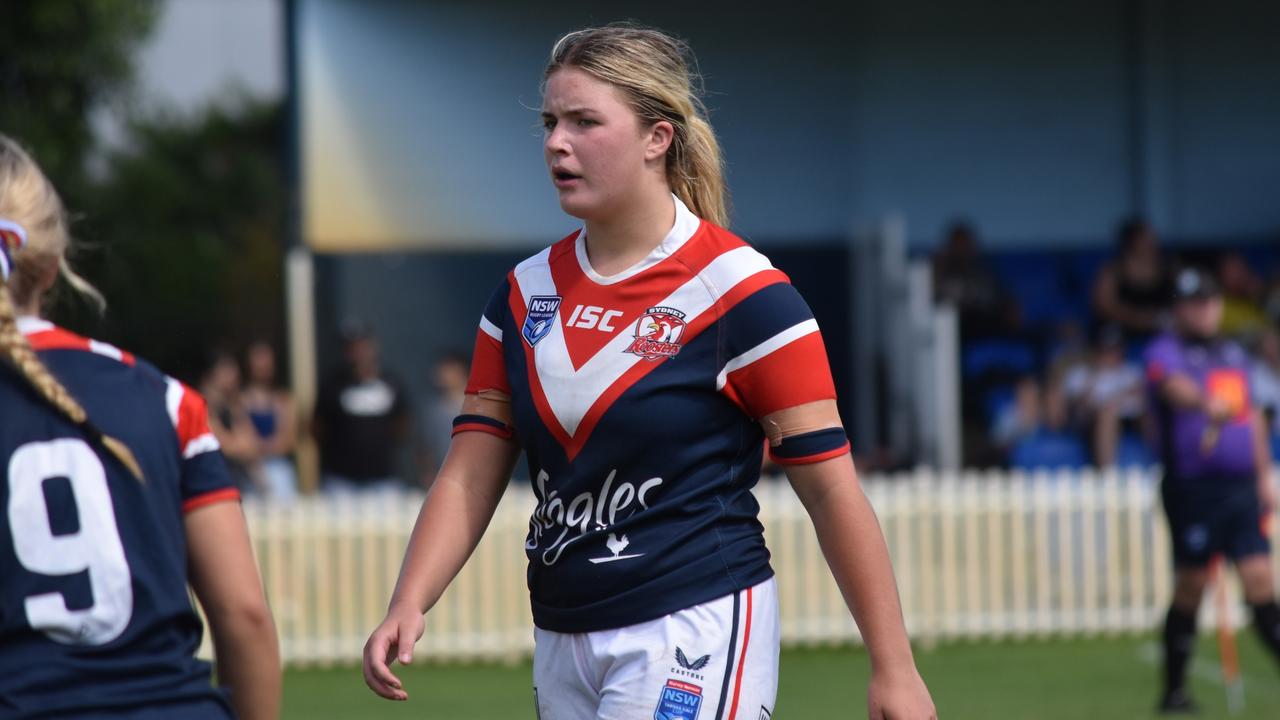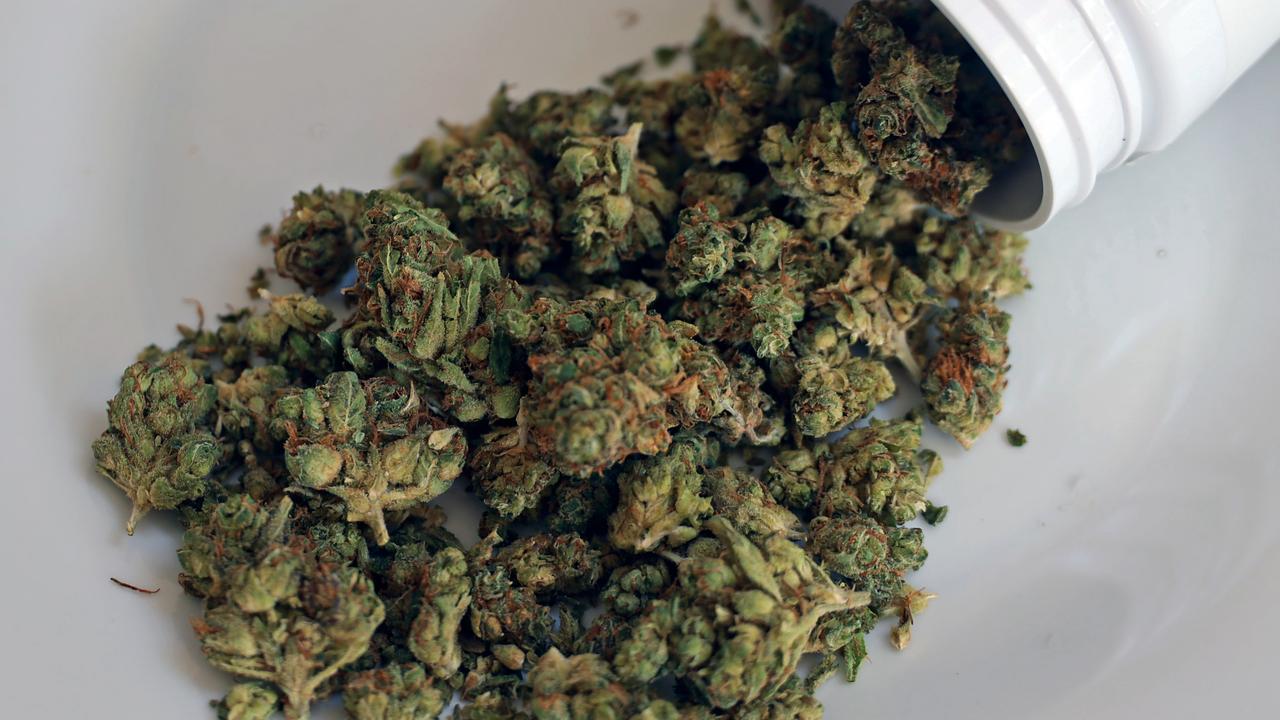Key detail shows why six NSW council rate rises could be approved as final decision on contentious applications looms
Thousands of NSW ratepayers are anxiously waiting to find out whether their annual rates bills will soar from next year as new figures reveal a key trend in the approval process over the past three years.
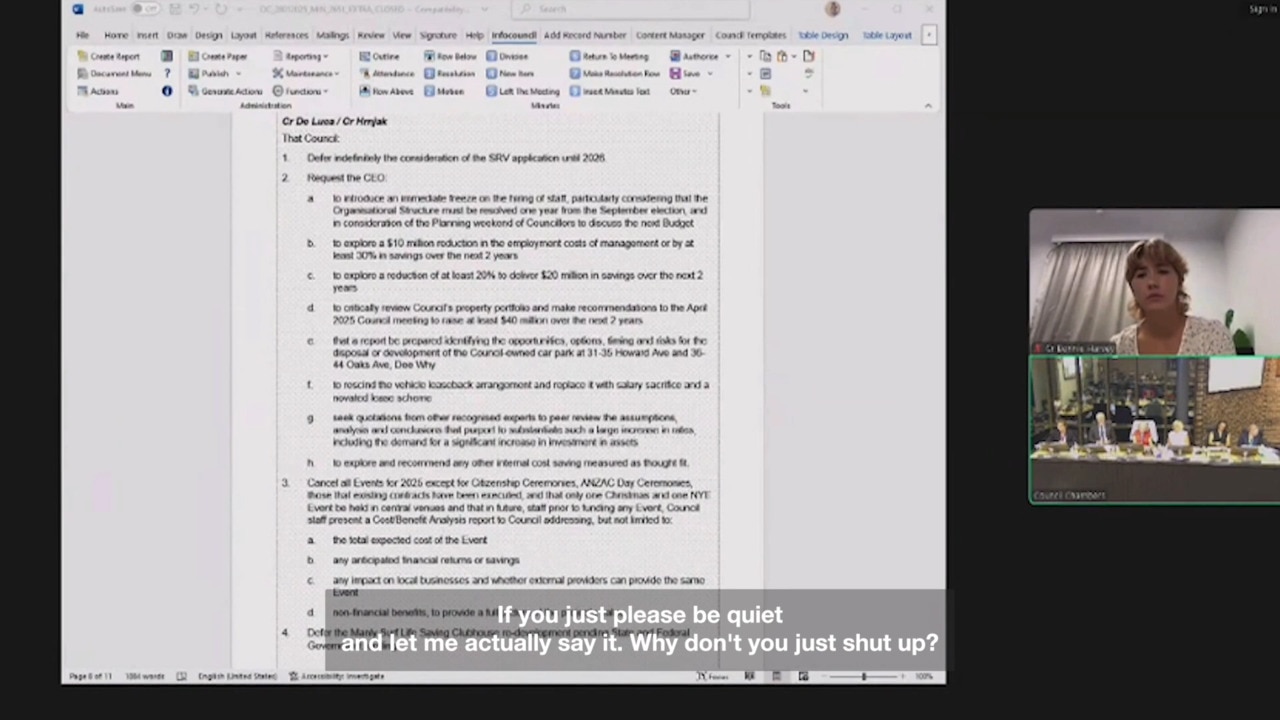
Local
Don't miss out on the headlines from Local. Followed categories will be added to My News.
Ratepayers across six NSW council areas are anxiously waiting to find out whether their annual rates bills will soar from next year as new figures reveal the independent body tasked with determining rate rises applications from councils has refused just one application in the last three years.
Northern Beaches, North Sydney, Shoalhaven and Upper Hunter Shire are among the six local councils that have applied to the Independent Pricing and Regulatory Tribunal for the power to increase their income by as much as 87 per cent from next July.
In general, the councils have indicated they are applying for the rate rises to improve their financial sustainability and pay for essential services and infrastructure.
Figures obtained by this publication have shown the tribunal – which determines rate rise proposals in NSW – has approved the majority of rate rise applications it received from councils over the last three years with just one application refused.
Of the nine councils that applied for rate hikes last year, eight were either fully or partially approved.
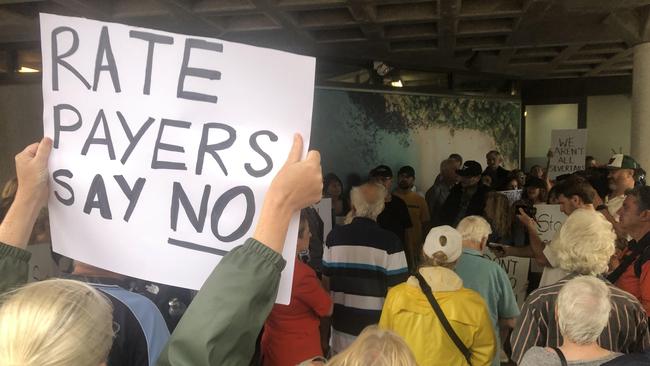
In 2023, the tribunal received 17 applications and approved 14 in full and the remaining three were partially improved.
In 2022, the tribunal approved all four applications it received.
Of the six councils that have applied for rate hikes next year, many argue the increases are required to pay for rising expenses driven by inflation which has outpaced the income it receives from rates.
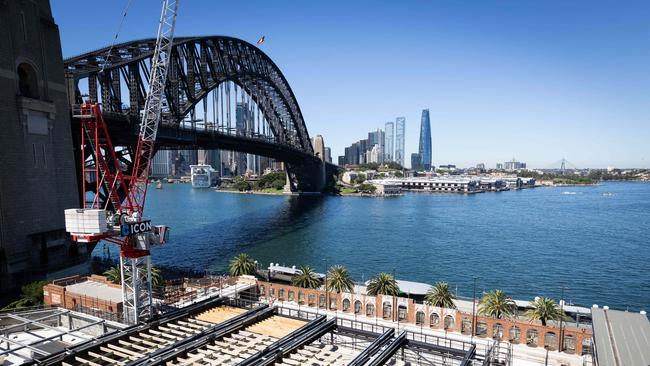
Of the same six councils, North Sydney Council has applied for the largest increase at 87 per cent rate rise over a two-year period – largely driven by cost blowouts associated with the redevelopment of North Sydney Olympic Pool.
The council’s decision to peruse the rate rise was handed down by a 7-3 vote of councillors during a raucous meeting attended by hundreds of residents who protested against the move.
There were similar protests on the northern beaches which wants to increase rates by 40 per cent over three years.
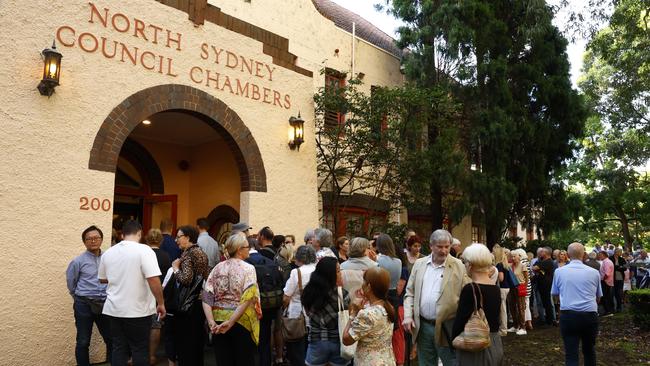
A spokesman for the tribunal said it assessed applications against specific criteria set out by the Office of Local Government including community feedback.
Local Government minister Ron Hoenig has told parliament that the consideration of rare rises was being undertaken “at arm’s length” from government.
Mr Hoenig has rejected calls from North Sydney Liberal MP Felicity Wilson for a public inquiry into North Sydney Council’s finances which he said was “not considered necessary” given the legislated independence of the tribunal.
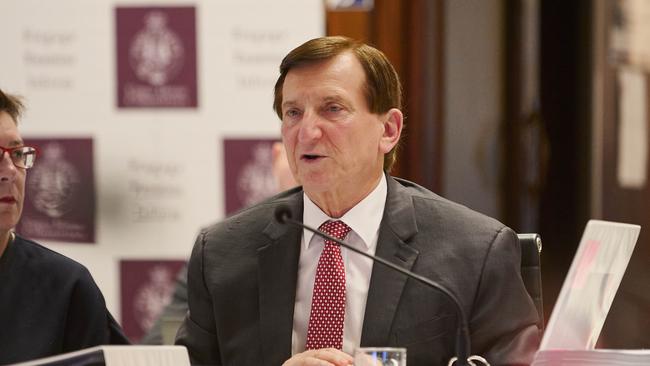
The rate rise applications come after a parliamentary inquiry into local councils outlined the significant financial challenges facing the local government sector, largely driven by rising inflation, increased community expectations and “cost shifting” from the NSW Government.
The inquiry has made multiple recommendations to the NSW Government including allowing local governments “greater flexibility to set their own rates”.
A final decision on the six rate rise applications is due to be handed down in May/June.
COUNCIL RATE RISE APPLICATIONS
Below outlines the councils which have applied to the independent Pricing and Regulatory Tribunal for rate rises.
North Sydney – 87.05 per cent over two years
Federation Council – 69.94 per cent over two years
Northern Beaches – 39.6 per cent over 3 year
Gunnedah – 37.67 per cent over 2 years
Upper Hunter – 33.10 per cent over 3 years
Shoalhaven – 12 per cent overt 2 years




